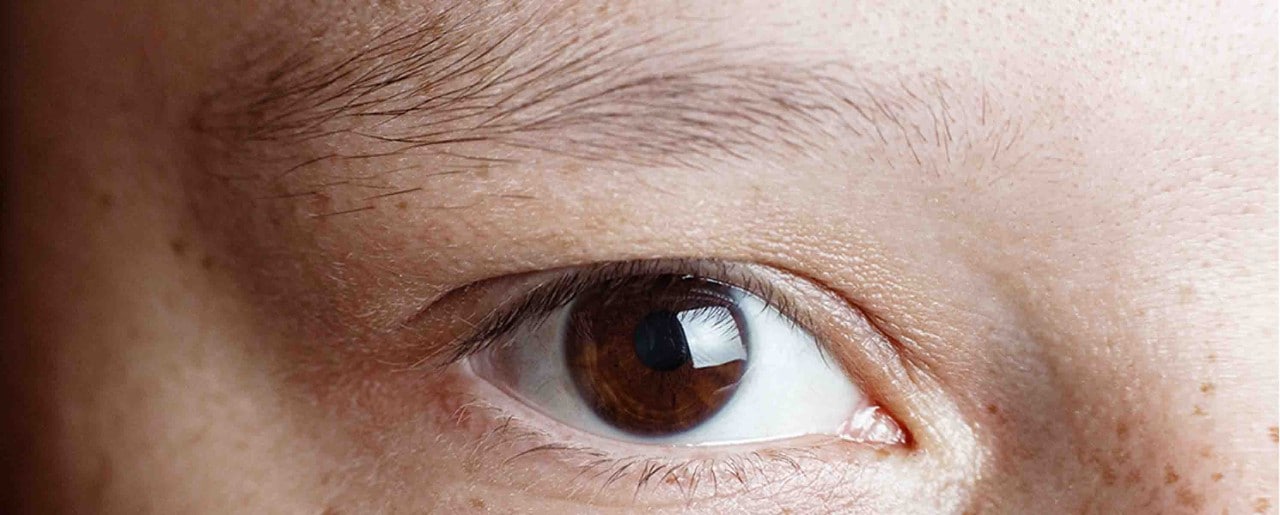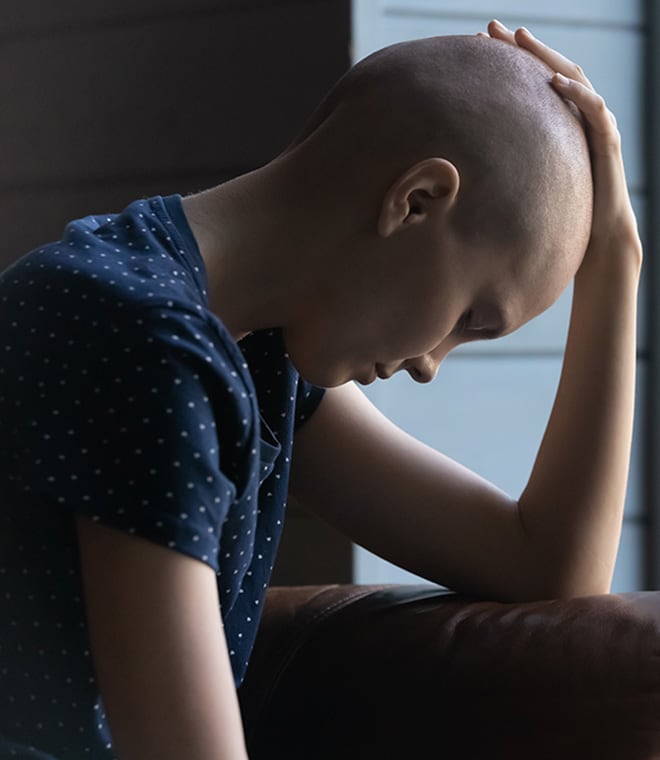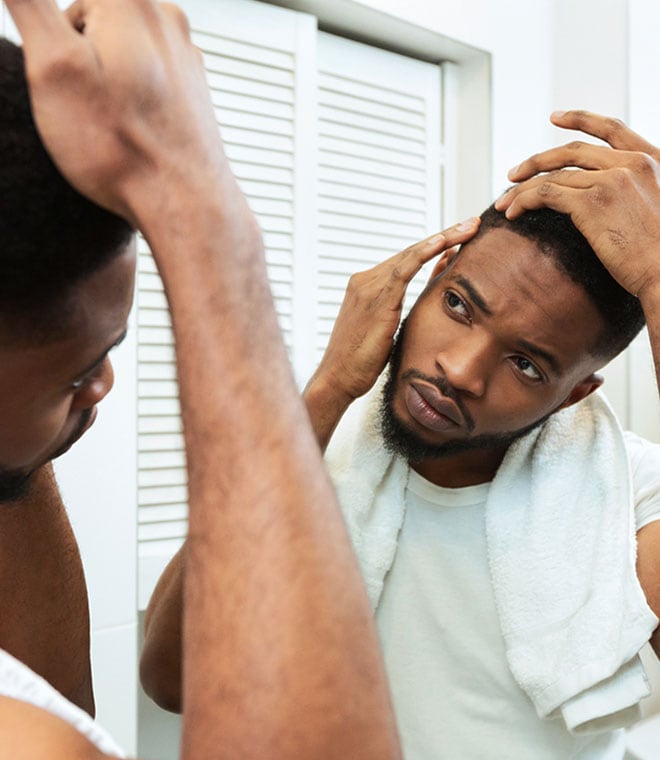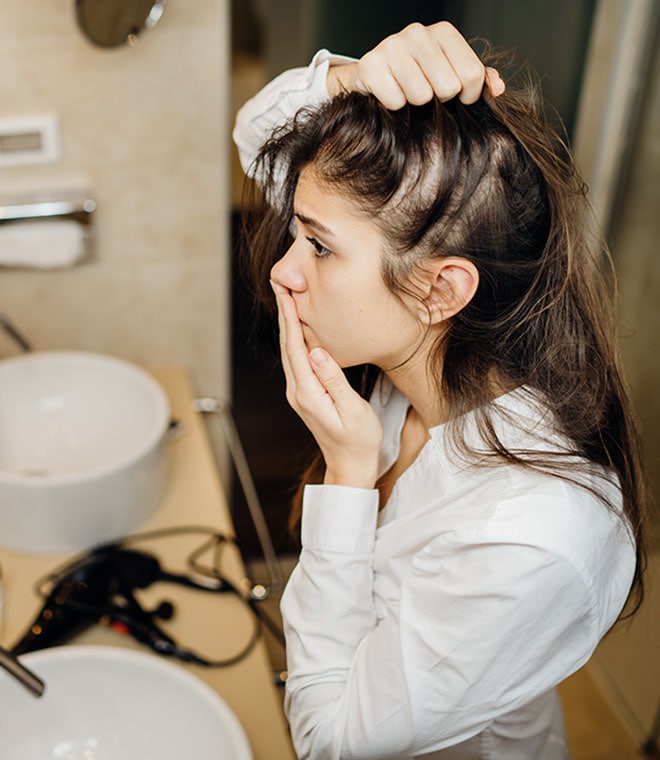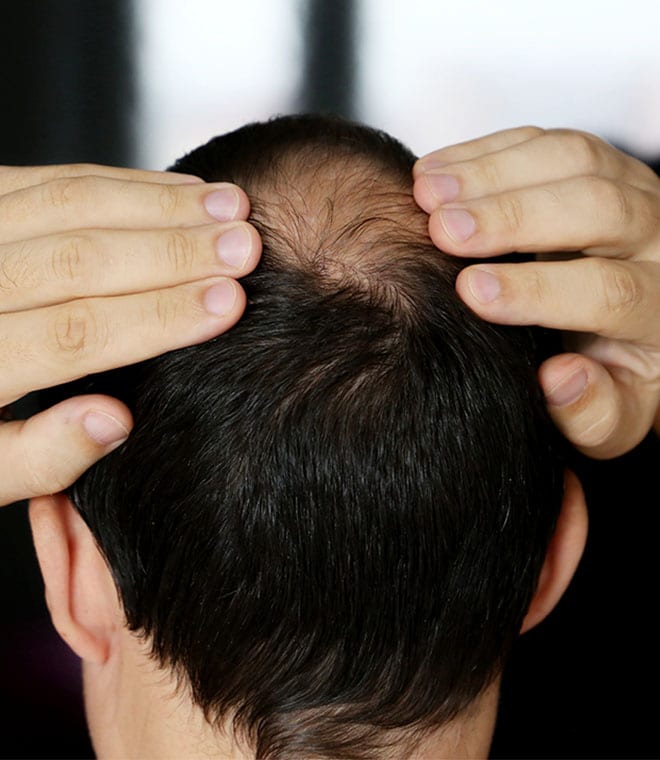Health
Eyebrow hair loss: Causes, symptoms and treatments
By Anna H. Chacon, MD, Fellow of the American Academy of Dermatology Jan 27, 2025 • 9 min
Losing eyebrows is generally not as common of a problem as scalp hair loss, but it can be equally distressing for those who develop the issue. Also medically known as madarosis, hair thinning and loss in the eyebrow area or eyelashes can have a number of potential causes, each with unique symptoms and treatments.
Infections
Some systemic and dermatological infections can result in loss of eyebrow hairs.
When left untreated, the sexually transmitted infection (STI) syphilis may cause patchy hair loss along the eyebrows as well as on the face, scalp and body. It may also lead to other serious systemic complications if not treated. Some other STIs can also cause eyebrow hair loss.
Ringworm in the eyebrow area is another infectious cause of brow hair loss. More than 40 kinds of fungi can trigger this contagious infection. People with ringworm may also develop itchy skin, a rash in a ring shape and cracked, scaly skin along with eyebrow hair loss. Treatment usually involves an over-the-counter treatment or prescription antifungal medication. Eyebrow hair usually begins to regrow once the underlying infection resolves.
Eyebrow alopecia
In people with alopecia areata, the immune system malfunctions and begins to attack hair follicles. The condition often causes patchy hair loss on the scalp, but it can also manifest as eyebrow alopecia with hairs falling out of the brow area in clumps. People with the condition may also lose hair from their ears, the inside of their nose and the rest of their body.
Researchers don't understand why some people get alopecia areata and others don't. Having allergies, thyroid disease, vitiligo, Down syndrome, or a family member with the condition may be associated with developing alopecia areata.
Eyebrow alopecia is often cyclical, characterized by alternating periods of patchy hair loss and then regrowth. As a result, healthcare providers may not initially recommend treatment, depending on the needs and preferences of the patient. If symptoms don't resolve, they may prescribe a corticosteroid cream or administer a corticosteroid injection to suppress immune system activity.
Psoriasis
The chronic skin condition psoriasis can develop on any part of the body, including the eyebrow area. In fact, roughly 50% of people with psoriasis have outbreaks on their face. Psoriasis occurs when the body produces skin cells at an abnormally fast pace, causing the skin to thicken and form plaques. Hair loss can occur in the affected area. Symptoms often come and go and may include burning and itching.
Treatments for psoriasis include:
- Prescription corticosteroid creams and ointments that reduce inflammation
- Prescription vitamin D analogues that slow down cellular growth
- Prescription retinoid creams that stimulate cellular turnover
- Over-the-counter products that contain salicylic acid, an exfoliator
When topical treatments don't fully ease symptoms, healthcare providers may prescribe oral medications or biological treatments, including:
- Oral corticosteroids
- Oral retinoids
- Biologic injections
- Oral medications that suppress the immune system, such as methotrexate and cyclosporine
Eczema
Another inflammatory skin condition, eczema causes skin to become dry, scaly and itchy. When eczema develops above the eyes, it can also lead to thinning eyebrows (also known as Hertoghe's sign or Queen Anne's sign). For many people, symptoms slowly resolve and then recur in the future. Exposure to extreme temperatures and sensitivity to metals and chemicals may trigger outbreaks.
While there is no cure for eczema, treatments can reduce symptoms. Managing inflammation often allows hair to regrow in the eyebrow area. Treatments include:
- Over-the-counter and prescription corticosteroid creams
- Moisturizers
- Light therapy
- Prescription oral medications that suppress the immune system
- Injectable biologic medications
Hypothyroidism
The thyroid is a butterfly-shaped organ that produces hormones that help control many bodily processes. Hypothyroidism occurs when the thyroid doesn't manufacture enough hormones. Hair loss along the scalp, eyebrows and body is a symptom of the condition.
Healthcare providers often treat hypothyroidism with thyroid replacement medication that supplements hormone levels in the body. This medication can help balance hormone levels and control the condition, allowing patients to live a normal life. Once hormonal levels are balanced, eyebrow hair usually regrows.
Nutrition
Certain nutrients and minerals are essential for healthy hair growth and other processes in the body. Too much or too little intake of these essentials can lead to physical symptoms such as hair loss. Hair loss may sometimes be a sign of a nutritional deficiency due to inadequate diet or lack of absorption. For example, some studies have shown that zinc deficiency may lead to poor growth or loss of eyebrows and eyelashes. Your healthcare provider can help determine if you need a supplement, dietary changes, or other treatment.
Lichen planopilaris
A rare condition, lichen planopilaris causes the skin and mucus membranes to become inflamed. When inflammation occurs, it can cause scarring that may lead to hair loss on the scalp or eyebrows. Symptoms of the disease usually begin in adulthood and include bald spots, scaly skin, itching and a rash consisting of tiny red bumps. Frontal fibrosing аlοpесia (FFA) is a possible subtype of lichen planopilaris that more commonly affects postmenopausal women. Symptoms may include eyebrow and hairline hair loss.
Common treatment for lichen planopilaris may include antimalarial medication. The over-the-counter topical medication minoxidil may also be recommended to support regrowth in the eyebrow area and on the scalp. Even with treatment, hair may not regrow if the inflammation has caused permanent damage to the hair follicles.
Trichotillomania
Some people pull hairs out of their eyebrows as a self-calming habit. The scientific term for this is trichotillomania. Individuals with the condition often don't realize that they are doing it, so it can be difficult to identify. Treatment for trichotillomania usually involves therapy and counseling to help people with the condition learn new coping skills. Eyebrows usually regrow as long as the behavior did not cause damage to the follicles.
Over-grooming
Removing eyebrow hairs with tweezers and wax could potentially lead to more permanent eyebrow hair loss. Pulling hairs out from the follicles can cause damage to the hair-producing cells. Over time, this may prevent new hair growth, but it is often possible to regrow eyebrow hair after over-grooming.
Cancer treatment
Chemotherapy for cancer treatment can result in eyebrow thinning, as well as hair loss from the scalp and other parts of the body. Radiation therapy performed on the head may also result in losing eyebrows. Both therapies target fast-growing cells, so they can inflame hair follicles while destroying cancer cells.
Once chemotherapy ends, hair growth usually resumes within several weeks. Hair may also grow back following radiation therapy unless the hair follicles suffered permanent damage. Scalp cooling (scalp hypothermia) therapy during chemotherapy treatment may help reduce hair loss symptoms.
While, in some cases, eyebrows can thin due to grooming techniques, hair loss from the eyebrow area may indicate an underlying medical condition. Your healthcare provider can run the diagnostic tests needed to determine the cause of your symptoms and recommend the right treatment for your needs.
Updated by Julie McDaniel, MSN, RN, CRNI, January 2025.
Sources:
- https://pmc.ncbi.nlm.nih.gov/articles/PMC9870835/
- https://www.psoriasis.org/psoriasis-on-the-face/
- https://www.aad.org/public/diseases/hair-loss/causes/18-causes
- https://www.cdc.gov/syphilis/about/index.html
- https://www.aad.org/public/diseases/hair-loss/types/frontal-fibrosing-alopecia
- https://www.aad.org/public/diseases/a-z/thyroid-disease-skin-changes
- https://www.merckmanuals.com/professional/endocrine-and-metabolic-disorders/thyroid-disorders/hypothyroidism
- https://www.health.harvard.edu/diseases-and-conditions/vitamins-minerals-and-hair-loss-is-there-a-connection
- https://www.aafp.org/pubs/afp/issues/2024/0900/hair-loss.html
- https://www.ncbi.nlm.nih.gov/books/NBK482293/
- https://www.mayoclinic.org/diseases-conditions/psoriasis/diagnosis-treatment/drc-20355845
- https://www.health.harvard.edu/a_to_z/hair-loss-a-to-z
- https://www.oncolink.org/support/side-effects/skin-hair-nail-side-effects/hair-loss-alopecia-from-radiation-treatment
- https://www.cdc.gov/fungal/diseases/ringworm/symptoms.html
- https://nationaleczema.org/eczema/
- https://www.uptodate.com/contents/alopecia-areata-management
- https://www.uptodate.com/contents/atopic-dermatitis-eczema-pathogenesis-clinical-manifestations-and-diagnosis
- https://familydoctor.org/condition/ringworm/
- https://www.ncbi.nlm.nih.gov/books/NBK470325/
- https://www.jpeds.com/article/S0022-3476(20)30842-8/fulltext
- https://www.aad.org/public/diseases/eczema/types/atopic-dermatitis/treatment
- https://www.uptodate.com/contents/frontal-fibrosing-alopecia-management
- https://medlineplus.gov/ency/article/001517.htm
- https://www.merckmanuals.com/professional/psychiatric-disorders/obsessive-compulsive-and-related-disorders/trichotillomania#Treatment_v11616520
- https://www.cancer.org/cancer/managing-cancer/side-effects/hair-skin-nails/hair-loss/cold-caps.html
